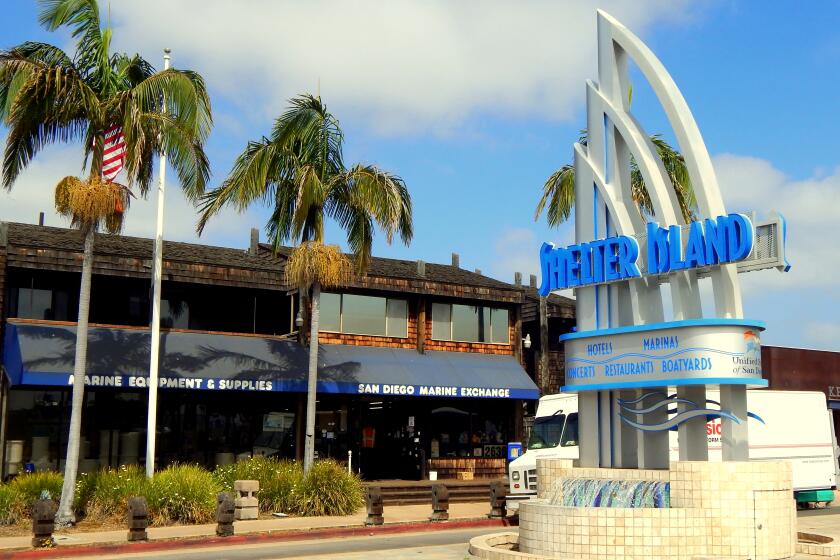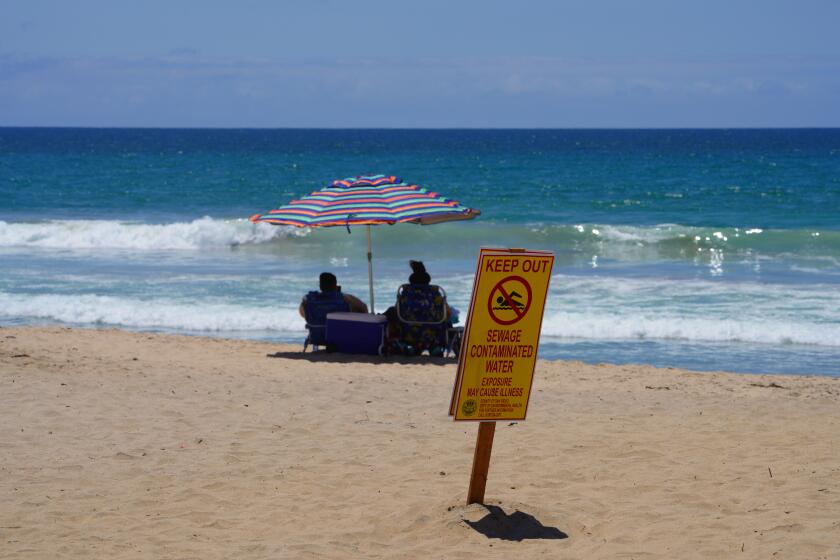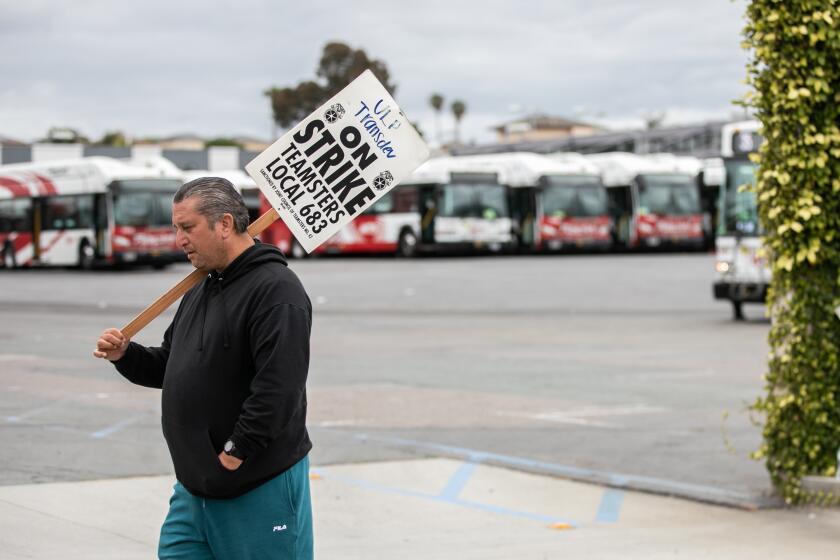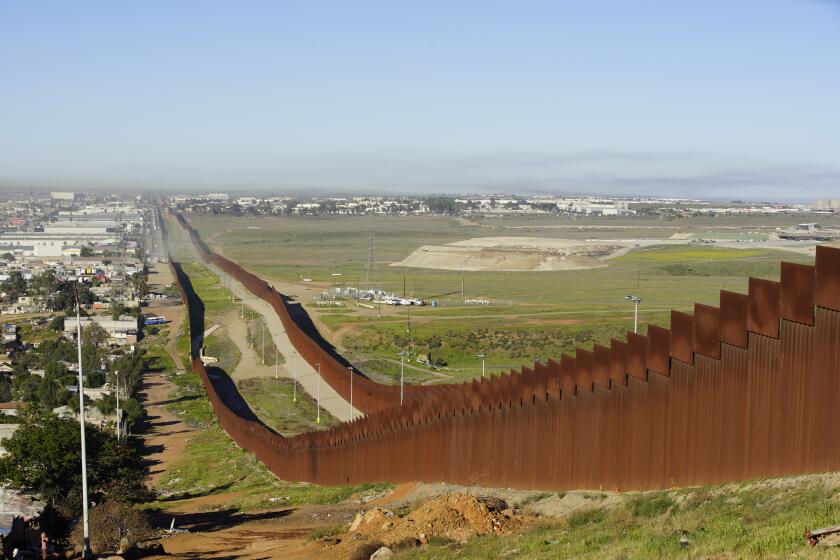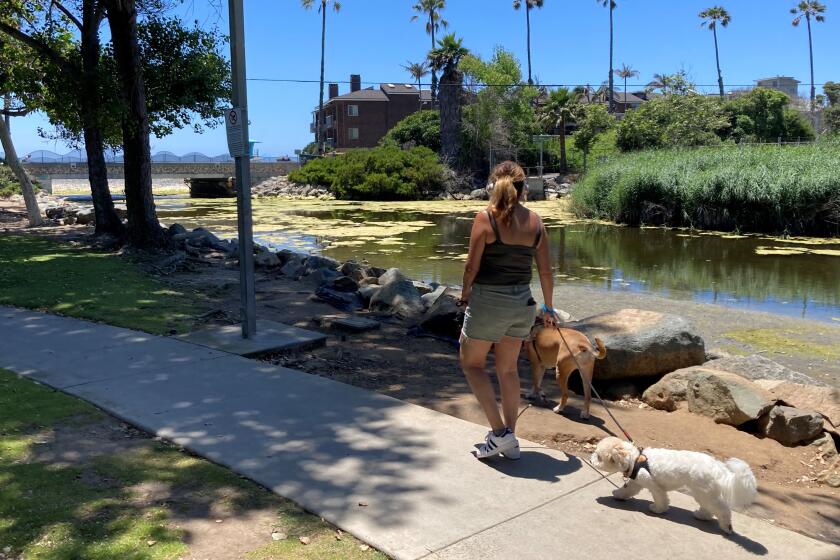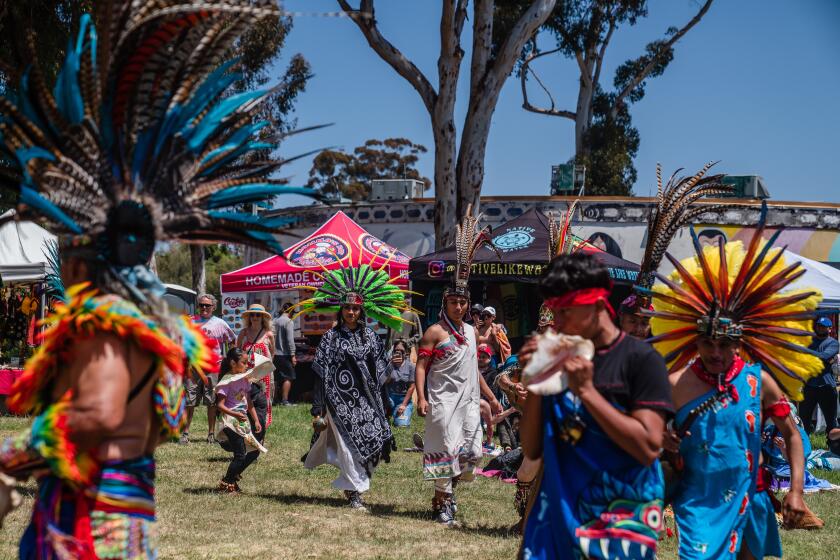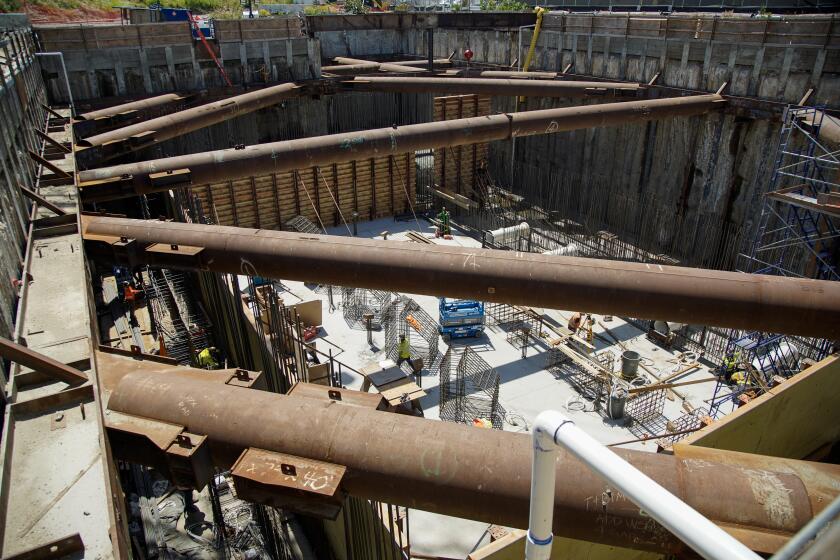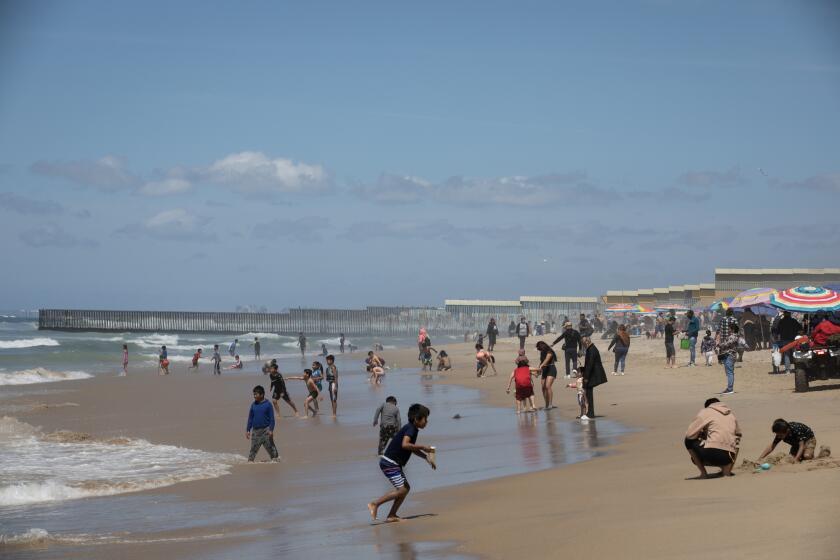Faulconer calls for premium bike lanes downtown, likely delaying marquee project by years
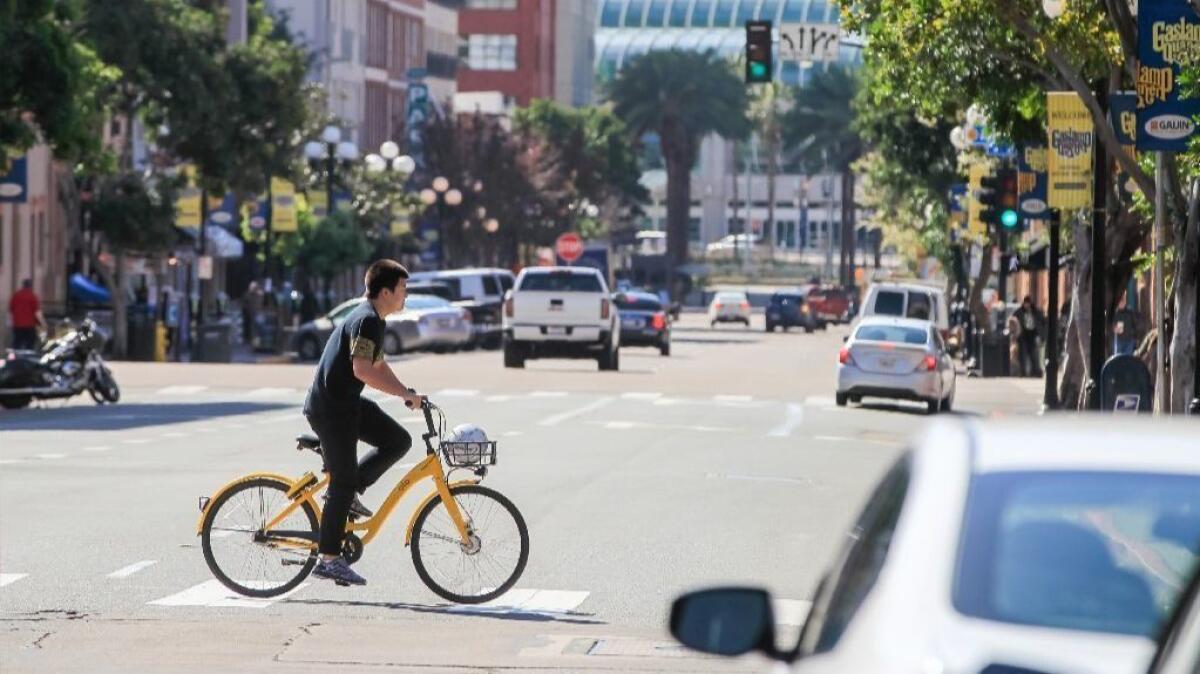
A multimillion dollar plan to build beefed-up bicycle lanes in downtown San Diego by the end of next year has been red meat for local environmentalists and transportation groups hungry for mobility alternatives to the combustion engine.
However, the more than 9-mile network of protected bike lanes — which would use physical barriers to separate riders from traffic — may not be completed while Mayor Kevin Faulconer is in office, as first promised.
While the mayor said more than a year ago that he would build the lanes by 2019, the project, expected to serve as a model for the region, is now looking at a years-long delay, according to city staff.
The reason: Faulconer, inspired by a recent trip to Vancouver, has called for building some of the most elaborate bike lanes in the country — increasing the price tag from $10.5 million to $25 million, according to the city’s most recent projections.
At the same time, city staff has said the mayor’s office is considering cutting funding for bicycling infrastructure citywide.
The revelations come as dockless bike and scooter rental companies have flooded downtown in recent weeks, putting hundreds of new riders, often without helmets, on the road.

While advocates seemed tempted by the proposed upgrade, many balked at the idea of blowing the city’s self-imposed deadline.
“We need for the mayor to step up and find creative solutions so that we can move forward with protected bike lanes that make sense,” said Nicole Capretz, executive director of the Climate Action Campaign. “We are submitting alternatives to the city so that we can still have a ribbon cutting by the end of 2019.”
Faulconer’s office declined multiple requests to discuss the issue, but issued this statement in an email: “The Mayor directed staff to develop a plan that reflected what he saw in Vancouver. The proposed plan would be permanent in nature. The revised design and budget have not been finalized.”
San Diego is latest battleground in global war to control ‘dockless’ bike rental market »
Executive Director of the San Diego County Bicycle Coalition Andy Hanshaw said he believes Faulconer is committed to completing the project before he leaves office, but he questioned the timing of the abrupt change in direction.
“I truly believe that the mayor wants something that’s got quality to it, but this plan was approved two years ago,” he said. “I wish he would have had this vision two years ago.”
Under the city’s 2016 Downtown Mobility Plan, officials initially called for using plastic posts, or bollards, to separate vehicle traffic from bicyclists.
The newly envisioned alternative would involve pouring concrete dividers, one the most expensive options cities have used to create protected bike lanes. Under this new plan, construction would likely continue past 2021.
“That was the preferred option over the half-dozen alternatives that were presented to the mayor’s office,” Brian Genovese, city traffic engineer, said at a recent meeting of the San Diego Bicycle Advisory Committee. “That’s moving forward as far as the project.”
The city currently has roughly 1,000 miles of traditional stripped bike lanes, which includes roughly 60 miles added in the last five years. City officials said that lanes are added whenever possible as part of ongoing street resurfacing efforts.
The premium bike lanes protected with permanent concrete dividers are aimed at encouraging a more diverse range of riders, from younger children to seniors. In Vancouver officials said that preliminary results have shown that the high-end lanes draw new bicycle riders that otherwise would have felt uncomfortable pedaling along the traditional painted lanes.
I truly believe that the mayor wants something that’s got quality to it ... I wish would have had this vision two years ago.
— Andy Hanshaw, executive director of the San Diego County Bicycle Coalition

At the recent Bicycle Advisory Committee meeting, Genovese also said the mayor plans to cut funding in this year’s budget for bicycle improvements to $100,000, down from about $750,000 just a few years ago. In the past, money in the fund has gone to items such as bike racks and cameras to track ridership.
“As you made have heard, there are budget cuts at the city, and the bike program is one of the programs that has seen a proposed reduction in at least the annual allocation portion,” he said.
A number of committee board members expressed surprise and frustration after hearing that the mayor had simultaneously called for building more expensive lanes downtown while also cutting general funding for bicycle infrastructure.
“I find that to be unacceptable, and I hope the mayor and the council will restore it so we can get more bike facilities on the ground,” Randy Van Vleck, committee member and transportation advocate with the City Heights Community Development, said at the meeting.
The mayor’s call for more costly lanes comes as the city said it had raised $8 million of the $10.5 million needed to construct the lanes as initially envisioned in the mobility plan.
Under the blueprint, protected lanes would be installed on Pacific Highway, State Street, Sixth Avenue, Park Boulevard, Beech Street, Broadway and J Street, as well as limited sections of B and C streets.
Circulate San Diego submitted a letter on Friday asking the mayor’s office to consider using lower-cost materials, such as temporary concrete planters. The letter noted the move would allow the city to hit its envisioned deadline and still build more permanent barriers in the future.
“What’s important is not to have the most gilded infrastructure,” said Colin Parent, the nonprofit’s executive director. “What’s important is to have effective and safe infrastructure.”
Most cities, including Vancouver, start by installing temporary barriers along bike lanes before investing in more costly infrastructure, said Kyle Wagenschutz, director of local innovation for the national nonprofit People for Bikes.
“In the long term, every city’s goal is to get to a more permanent solution,” he said. “It’s just that some cities don’t have the means to get there today.”
The city’s mobility plan, slated to cost more than $62 million over the next roughly 30 years, includes a number of other improvements, including turning travel and parking lanes into landscaped pedestrian promenades. Changes in the plan would displace hundreds of parking spots, but impacts are expected to be mitigated by adding spots in other locations by switching from parallel to angled parking.
*A previous version of this story misstated the number of miles of bike lanes that have been constructed in the city of San Diego in the last five years.
Twitter: @jemersmith
Phone: (619) 293-2234
Get Essential San Diego, weekday mornings
Get top headlines from the Union-Tribune in your inbox weekday mornings, including top news, local, sports, business, entertainment and opinion.
You may occasionally receive promotional content from the San Diego Union-Tribune.

